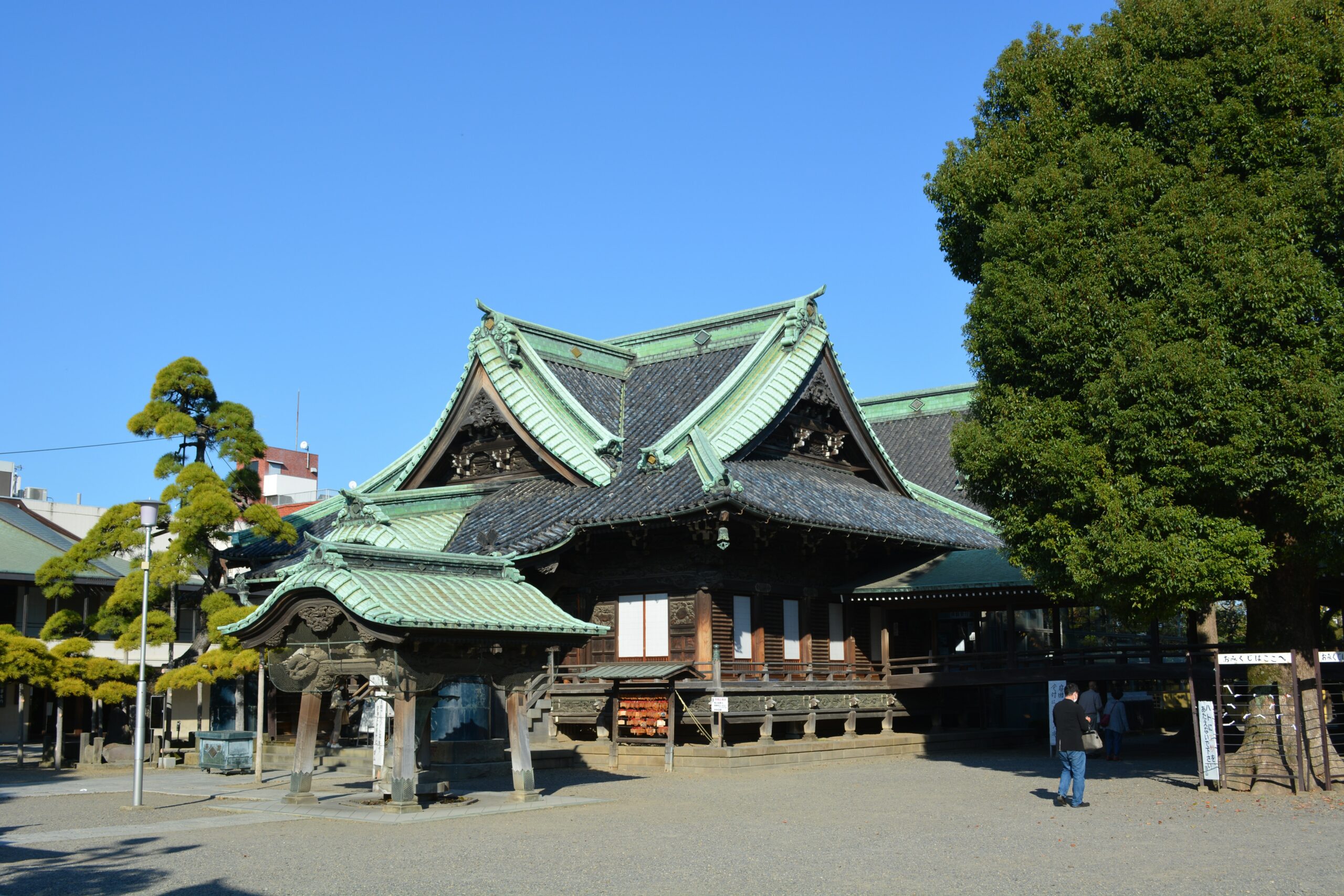Sannakchi is a type of Korean dish called hwae. It is made from raw meat or fish with other ingredients added. Supposedly, hwae came from China at the beginning of the Three Korean States period. At that time (from 57 B.C. to 668 A.D.) there was a vigorous cultural exchange. After that, Buddhism flourished in Korea and Hwae lost its former popularity. The delicacy gained momentum toward the end of the 14th century: with the rise of Confucianism, the followers of this doctrine began to promote the eating of raw meat and fish.
In China itself these products are practically not consumed, except for the Chaoshan cuisine, in which they prepare a New Year’s salad yuisheng of raw fish. The Taiwanese-Japanese historian Ting Xiongxing says that the Chinese stopped eating fish and meat raw after the epidemic of the 11th century.
Try the traditional Korean dish sannakchi, pieces of live octopus in sesame oil.
How to eat live octopus in Wando
You often hear that Koreans eat dogs, but in practice it’s far from the most exotic dish you can try in South Korea. The country is located on a peninsula, and many cities and towns have access to the sea, so seafood is an important part of Koreans’ menu.
One of the non-trivial Korean dishes is sannakchi. It is a live octopus cut into 3-4 cm pieces and seasoned with sesame oil. The pieces move, sprawling off the plate and clinging to your tongue as you eat.
Sannakchi is usually served as an appetizer with the Korean alcoholic drink soju, which is analogous to our vodka, but less strong. Therefore, the best place to try octopus tentacles are proletarian eateries on the coast in non-tourist places, where Korean workers relax after a busy day. Here both the octopus will be fresh and the prices are small.
In Wando, especially on the waterfront, there are many small restaurants that serve fresh seafood. Go into any and ask for sannakchi. You can show the word written in Hangul (Korean alphabet) on a piece of paper to make it convincing. By the way, Koreans are genuinely happy when Europeans appreciate their national cuisine.
5 facts about sannakchi
- the octopus is killed right before the dish is cooked. Its complex nervous system allows its tentacles to contract even if its neurons don’t send muscle signals, so the pieces move around the plate while it’s being served.
- The suction cups on the tentacles remain active: it is important to take extra care when eating sannakchi. Sometimes they allow pieces to stick to the mouth or throat, which can lead to airway constriction. This is especially dangerous for people who have had a hot beverage beforehand.
- In 2008, there was a dangerous incident in South Korea. Im Mo, 49, was eating an octopus in a bar when its tentacles blocked her airway. The woman was taken to the hospital, where she had the pieces removed with a laryngoscope and forceps.
- Octopus meat resembles squid. There is nothing specific in its flavor, just sweet notes. Savvy foodies order sannakchi just to tickle their nerves.
- Despite the danger, the dish is served in Korean bars as an appetizer for alcoholic beverages, such as soju, which is a less strong likeness of vodka.




